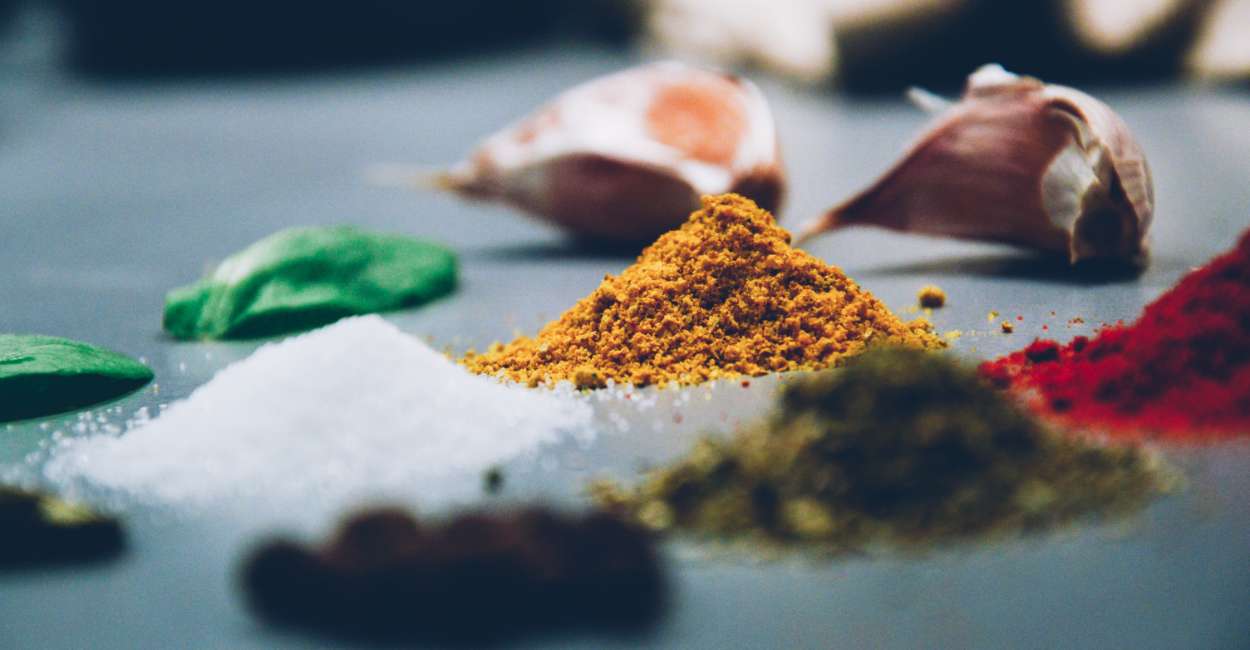
The use of herbs and spices in cooking dates back centuries, and their unique flavors have been essential in creating delectable dishes worldwide. To understand the art of culinary flavor extraction, it’s crucial to delve into the science behind it. In this article, we will explore the fascinating world of the science of flavor extraction from herbs and spices, shedding light on the chemistry and techniques that make your favorite dishes burst with flavor.
Chemical Components of Herbs and Spices
Essential Oils:
Herbs and spices owe much of their flavor to essential oils, which contain volatile compounds responsible for aroma and taste. These oils vary in composition from one herb or spice to another, influencing the final flavor profile.
Alkaloids and Polyphenols:
Alkaloids, such as capsaicin in chili peppers and caffeine in coffee, contribute to the pungency and bitterness of certain herbs and spices. Polyphenols, like those found in cinnamon and cloves, offer antioxidants and contribute to the characteristic taste.
Terpenes and Terpenoids:
Terpenes and terpenoids are aromatic compounds present in herbs and spices like thyme and basil. They often provide floral or citrusy notes to dishes and play a vital role in aroma.
Techniques for Flavor Extraction
Heat:
Heat is a common method for flavor extraction. When herbs and spices are heated, the essential oils and volatile compounds are released, infusing the dish with their characteristic flavors. Techniques like sautéing, frying, and roasting rely on this principle.
Cold Extraction:
Cold extraction methods, such as maceration or cold pressing, are used to extract flavors from delicate herbs like mint and basil. These methods prevent the breakdown of heat-sensitive compounds, preserving the fresh and vibrant flavors.
Grinding and Crushing:
Breaking down herbs and spices by grinding or crushing releases their flavors by exposing a larger surface area to the surrounding ingredients. This technique is commonly used for dried spices like pepper and cumin.
Infusion:
Infusing herbs and spices into liquids, such as water, oil, or alcohol, allows for a slow and gentle extraction of flavors over time. This method is often used for herbal teas and infused oils.
Flavor Synergy and Pairing
Complementary Pairings:
Understanding the chemical composition of herbs and spices helps in creating complementary flavor pairings. For example, the bitterness of coffee pairs well with the sweetness of cinnamon, creating a balanced flavor profile.
Contrasting Flavors:
Contrasting flavors, such as pairing the heat of chili peppers with the sweetness of mango, create a dynamic and exciting taste experience by playing on the palate’s ability to detect contrasts.
Umami Enhancement:
Umami-rich ingredients like mushrooms and soy sauce can enhance the overall flavor of a dish when combined with herbs and spices. This synergy adds depth and complexity to the taste.
Maximizing Flavor Retention
Proper Storage:
To preserve the flavor potency of herbs and spices, store them in airtight containers away from heat, light, and moisture, which can degrade the volatile compounds responsible for flavor.
Freshness Matters:
Opt for fresh herbs when possible, as dried herbs lose some of their essential oils over time. Grinding whole spices just before use also maximizes their flavor impact.
Experimentation:
Don’t be afraid to experiment with different techniques and combinations of herbs and spices to discover new and exciting flavor profiles.
Conclusion:
The science of flavor extraction from herbs and spices is a captivating journey into the intricate world of culinary chemistry. Understanding the chemical components, extraction techniques, and flavor synergies allows chefs and home cooks alike to create dishes that tantalize the taste buds. Whether you’re aiming to master traditional recipes or explore innovative culinary creations, embracing the science behind flavor extraction is the key to elevating your culinary expertise.
FAQs
Q: What causes the unique aroma of herbs and spices?
A: The distinct aromas of herbs and spices are primarily due to the presence of essential oils containing volatile compounds. These compounds evaporate easily, releasing their aromatic molecules into the air.
Q: How do herbs and spices retain their flavor after drying?
A: Dried herbs and spices retain their flavor because the essential oils responsible for their taste are trapped within the dried plant material. When crushed or heated, these oils are released, reinvigorating the flavor.
Q: Are there differences in flavor extraction between fresh and dried herbs?
A: Yes, fresh herbs tend to have a more immediate and vibrant flavor compared to their dried counterparts. However, both fresh and dried herbs can be used effectively, depending on the recipe and personal preference.
Q: Can herbs and spices lose their flavor over time?
A: Yes, herbs and spices can lose their flavor over time, especially if not stored properly. Exposure to heat, light, and moisture can cause the volatile compounds responsible for flavor to deteriorate.
Q: What’s the significance of aroma in flavor extraction?
A: Aroma plays a crucial role in flavor perception. When you smell the aroma of herbs and spices, your brain anticipates the taste, enhancing your overall sensory experience.
Q: Can flavor extraction techniques affect the nutritional content of herbs and spices?
A: Some flavor extraction techniques, like prolonged heating, can cause the breakdown of certain heat-sensitive nutrients and antioxidants. Using gentler methods like cold extraction or infusion can help retain more of these beneficial compounds.
Q: Are there herbs and spices that have unique flavor extraction challenges?
A: Yes, herbs and spices with delicate flavors, like basil and mint, can be challenging to extract without overpowering them. Using cold extraction methods or incorporating them into dishes at the last minute can help preserve their freshness.
Q: How can I balance flavors when working with multiple herbs and spices?
A: Achieving a balanced flavor profile with multiple herbs and spices requires experimentation and tasting as you go. Start with small amounts, and adjust the quantities to achieve the desired balance of flavors.
Read More – How long do spices last
